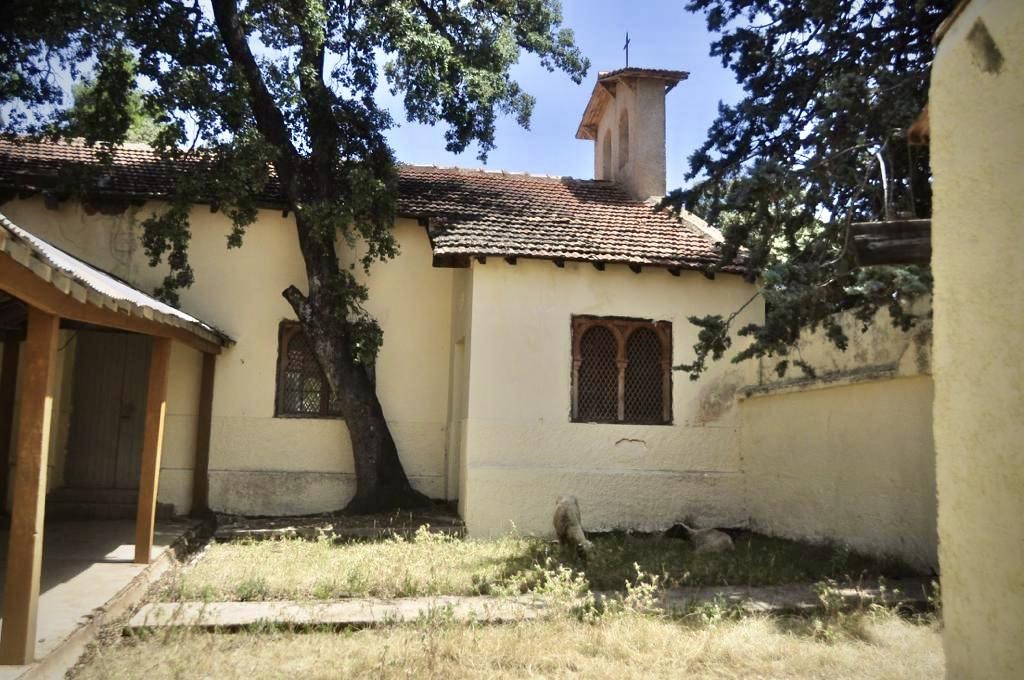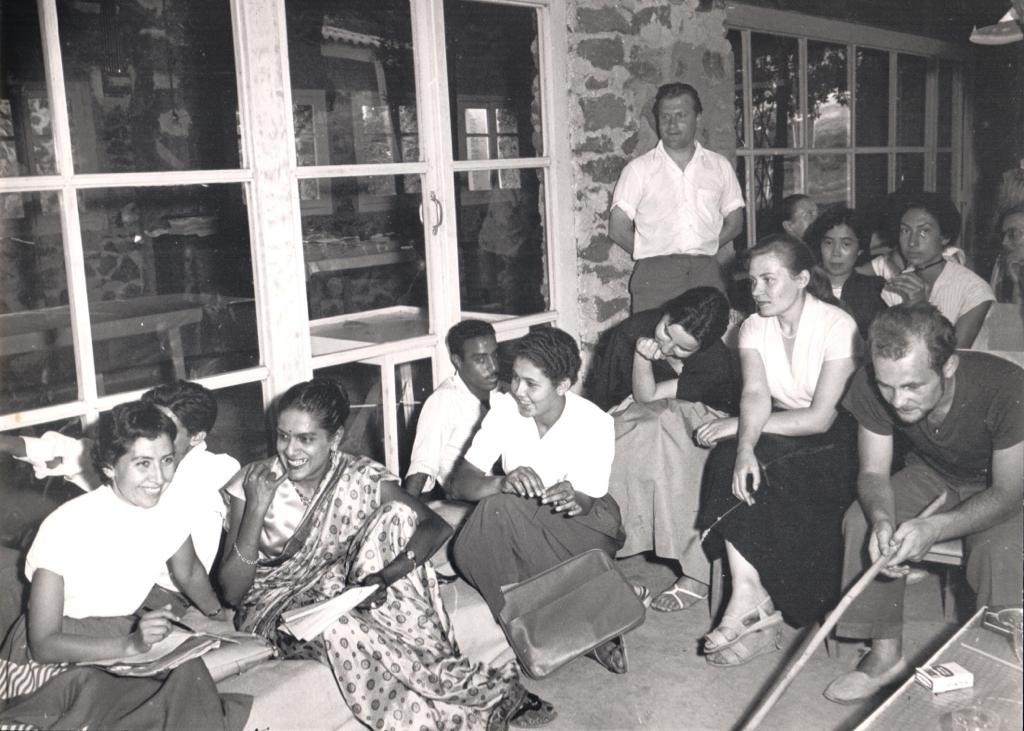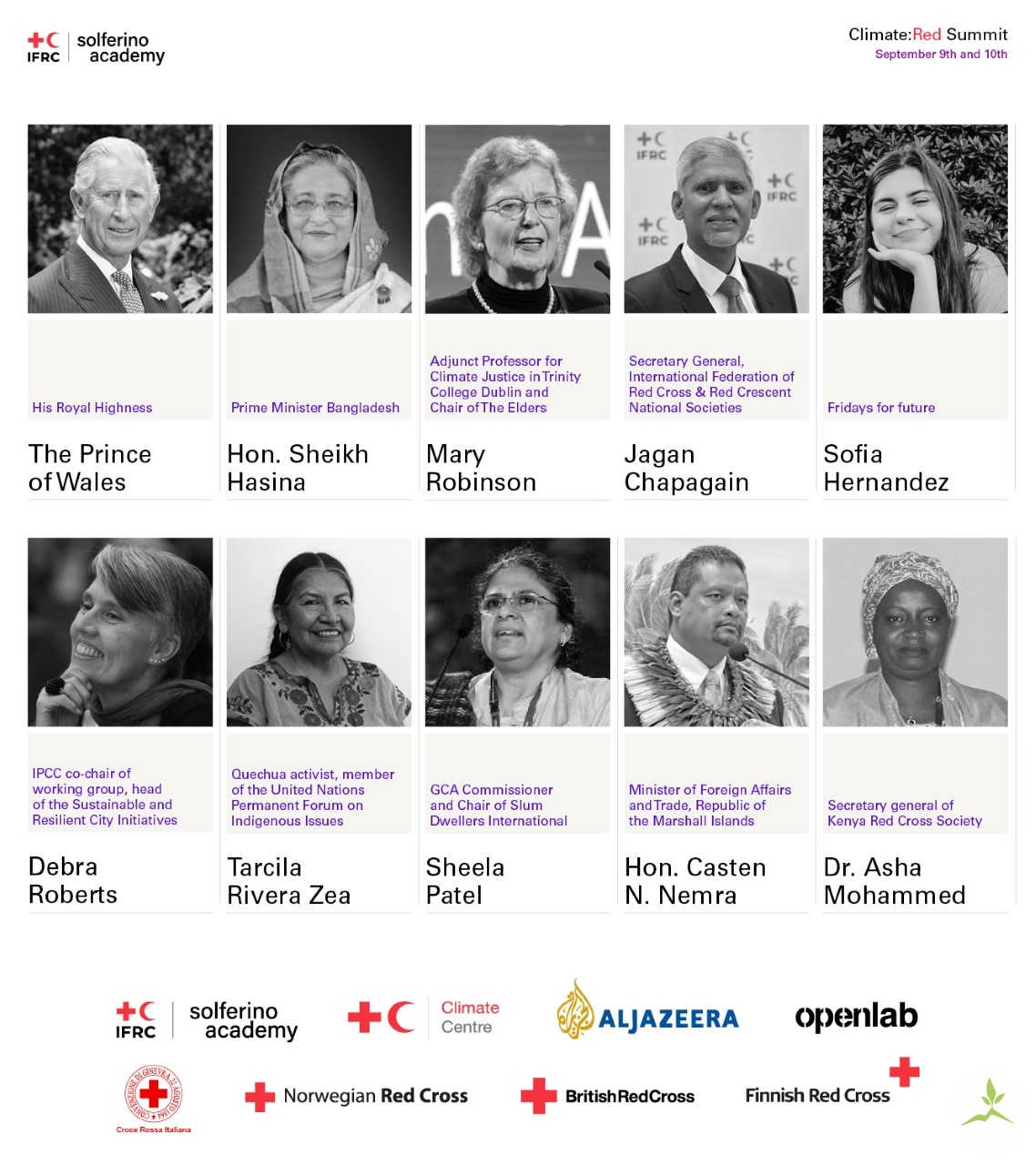In Morocco’s Middle Atlas Mountains near the town of Azrou, travelers come for hiking or to see the famed Barbary macaque apes in the Cedar Forest. Near Azrou, nestled high in the mountains and overlooking the green valleys below, the Toumliline Monastery was established by a group of French monks in 1952 because it was “suitably remote for contemplation,” as noted by a Time’s journalist in 1969. Pressured at first by colonial authorities to try to convert the local Amazigh tribesmen to Christianity, the monks refused, explaining that it would cause the people to be “outcasts in their own country.” Instead, they planted an orchard.
Morocco has long been a place where East meets West. There are churches, cathedrals, and other Christian sites. Yet, due to the changing political climate of the 1960s, the once thriving monastery of 40 dwindled down to 7 and to three and finally closed in 1968. Before that, it was a place open to people of all beliefs. The monastery welcomed students and local villagers for practical training in how to deal with differences of opinion. It was the site that brought together those of the Abrahamic faiths – the “Three Religions of the Book” – to find shared values and common ground. From the French Jewish philosopher, Emmanuel Levinas, to the local farmers, hundreds of people from different religions, ethnicities, continents, and social statuses gathered to debate how different faiths could live together and interact for the benefit of the majority.

Toumleline monastery today.
Today, the High Atlas Foundation, the Association Mimouna and the Foundation Memories for the Future work all together and with the local people to restore this once-vital part of the community for economic and cultural development. Through several planned projects, the site will concretely and symbolically teach us the lessons of openness, compassion, and cooperation.
They will gather the recollections of the region’s inhabitants for preservation of the important interfaith dialogues that took place at the monastery, adapting them for transmission to new generations.
With the monastery as a base for trekking tours, visitors will have the opportunity to experience sleeping in the monks’ rehabilitated living quarters and visit the small museum that will be created with a permanent photo exhibition, cultural tourism activities that will aid the local economy. By connecting to existing structures in the region, the project will gradually expand and diversify.
Visitors will also be treated to local honey for consumption or purchase when the monks’ bee-breeding program is reintroduced in partnership with a Moroccan association. This project will train local youngsters in the techniques of honey production as a sustainable venture.
Another project will train youth to be “global guides” to transmit to visitors important information about nature and the local ecosystems as well as the history of the monastery and the monks who lived there, how they interacted with the local communities, and the interfaith dialogues that took place within the monastery’s walls. Both projects for Moroccan youth honor the history of the monastery as an orphanage and place of teaching Islam to the young children, as meaningful today as it was in the past.
Partners in developing these tourist activities include the Ministry of Tourism and the city of Azrou, its institutions and local associations. The Ministry of Culture has also recently opened a small museum in Azrou dedicated to the history, culture, fauna, and flora of the region. In addition, a women’s cooperative that produces handmade carpets is supported by a collaboration between the nearby Al Akhawayn University in Ifrane and the Azrou Center for Local Community Development.
The crown jewel of the plan is to restore the monastery’s two famous gardens, one botanical – to heal the body with medicinal plants – and one Buddhist – to heal the mind with meditation. HAF’s partnership includes training in arboriculture skills and planting a fruit tree nursery with local seeds, a formerly significant agricultural activity benefiting farming families of this region. Taking care of the site long term will provide jobs to local gardeners as well.
Together, these partnerships and projects represent the rich heritage of the area and the philosophy that was the foundation of the monks who sought a place to meaningfully live their faith. With the revival of the Monastery at Toumliline, the people will enjoy the “fruits of community” planted in that long-ago orchard.
Lamia Radi, President of the foundation, is a political scientist and a career diplomat. This project has been developed by the Memories for the Future Foundation, a Moroccan NGO founded in 2008 that is dedicated to countering radical and violent ideologies in the Maghreb through the revitalization of interfaith sites and meaningful historical events.

An international gathering at the Toumliline monastery in the 1950s.






